Museums & Institutions
A New Book Celebrates the Unsung Women Who Helped Build MoMA
"Inventing the Modern" profiles the museum's luminaries from curator Dorothy Miller to publicity director Sarah Newmeyer.
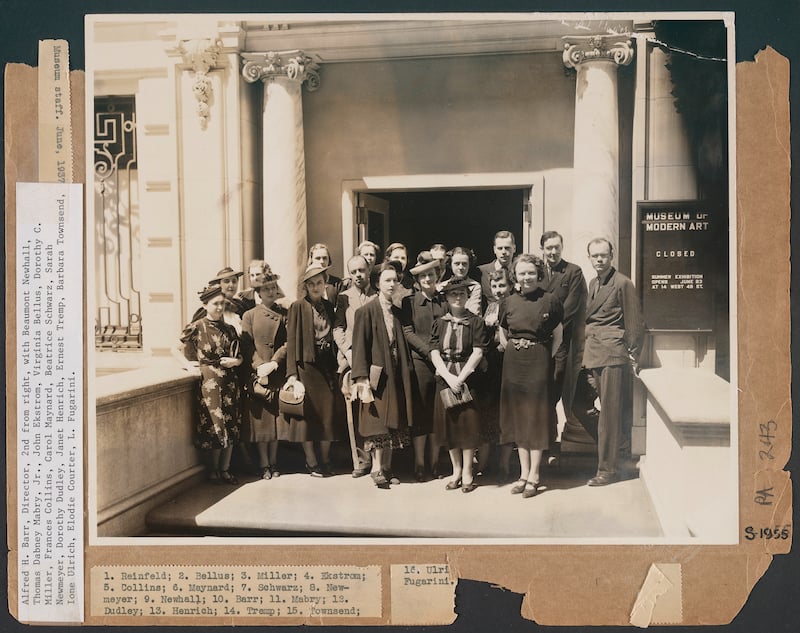
Museum of Modern Art‘s new book, Inventing the Modern, will honor the under-sung female arts professionals and patrons who have helped build and foster the New York institution over decades. A foreword by actor and playwright Anna Deavere Smith will christen the hardcover compilation’s 14 profiles, all penned by the leading female voices in art today. A show around the critical collection donated by founding trustee Lillie P. Bliss in 1934 will open at MoMA after Inventing the Modern hits stores in September.
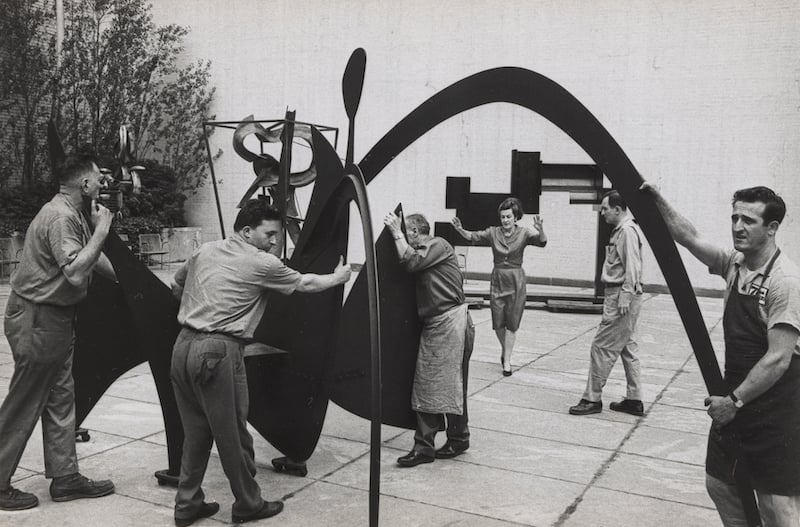
Curator Dorothy Miller installing Alexander Calder’s Black Widow (1959) in The Abby Aldrich Rockefeller Sculpture Garden, 1967. The Museum of Modern Art Archives, New York. Photo: Dan Budnik. © 2023 The Estate of Dan Budnik.
While MoMA published a related book exploring women in Modern art 14 years ago, its latest effort draws out the oft-overlooked feminist legacy of the museum itself. Inventing the Modern includes three requisite essays about each of MoMA’s female co-founders—Bliss, Mary Quinn Sullivan, and Abby Aldrich Rockefeller. But it also pulls the curtain back on the women who laid the groundwork for institutional protocol as the art world knows it today, “despite the many barriers they faced,” as co-editor and MoMA’s chief curator of paintings and sculpture Ann Temkin noted in a release.
“Their stories are now being told, in many cases, for the first time,” Temkin said, “and as a result our understanding of the museum’s history is decisively transformed.”
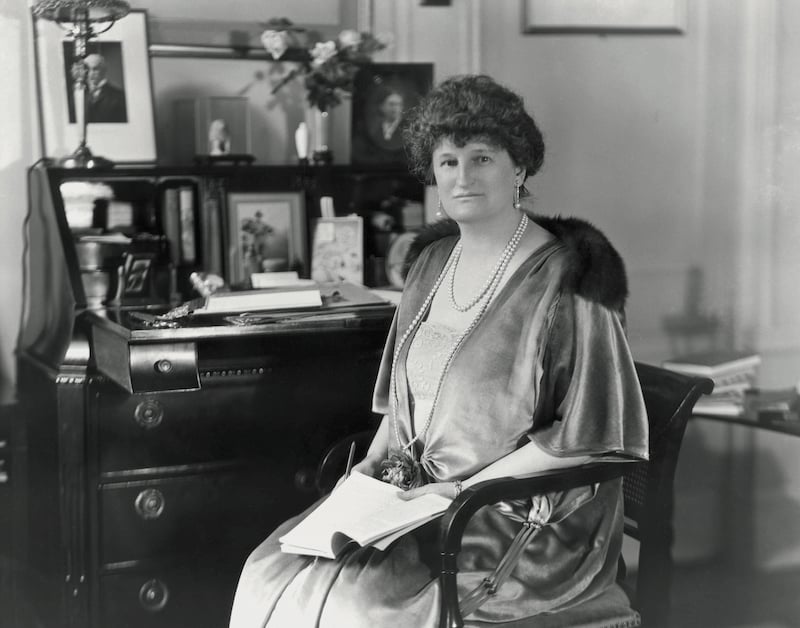
Abby Aldrich Rockefeller, one of the three founders of The Museum of Modern Art, 1922. Photo courtesy of the Museum of Modern Art Archives, New York. Rockefeller Archive Center.
Even MoMA’s founding director Alfred H. Barr Jr., who championed the exhibition of living artists, took extensive advice from his erudite wife Margaret Scolari Barr. She traveled Europe by her husband’s side to organize exhibition and secure critical loans. She even helped artists like Marc Chagall and Max Ernst escape Europe for America during World War II. “I would do the work, and he would sign the letters that I would write on his official museum stationery,” she once said.
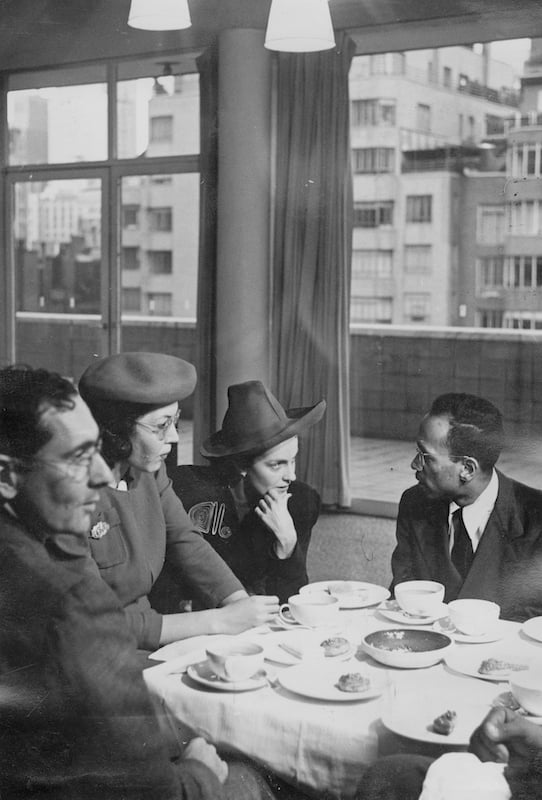
Alfred H. Barr, Jr., founding director of The Museum of Modern Art, Elizabeth Catlett, artist, Dorothy Miller, associate curator of painting and sculpture, and Charles White, artist, having tea in the Museum’s penthouse, 1943. Photo courtesy of the Museum of Modern Art Archives, New York.
Internally, women helped forged the identity that’s since helped MoMA become America’s fourth-most visited museum. Journalist and biographer Mary Gabriel honors Dorothy Miller, who curated six risk-taking Americans exhibitions between 1942 and 1963 that established the institution’s identity as a cutting edge authority. “If I hadn’t known any artists, I wouldn’t know a damn thing about art,” Miller famously remarked. “You simply have to know the people and see them working and let them tell you about their pictures.” Meanwhile, film critic Farran Smith Nehme profiles her predecessor Iris Barry, who started off at London weekly the Spectator before founding MoMA’s film department in 1935.
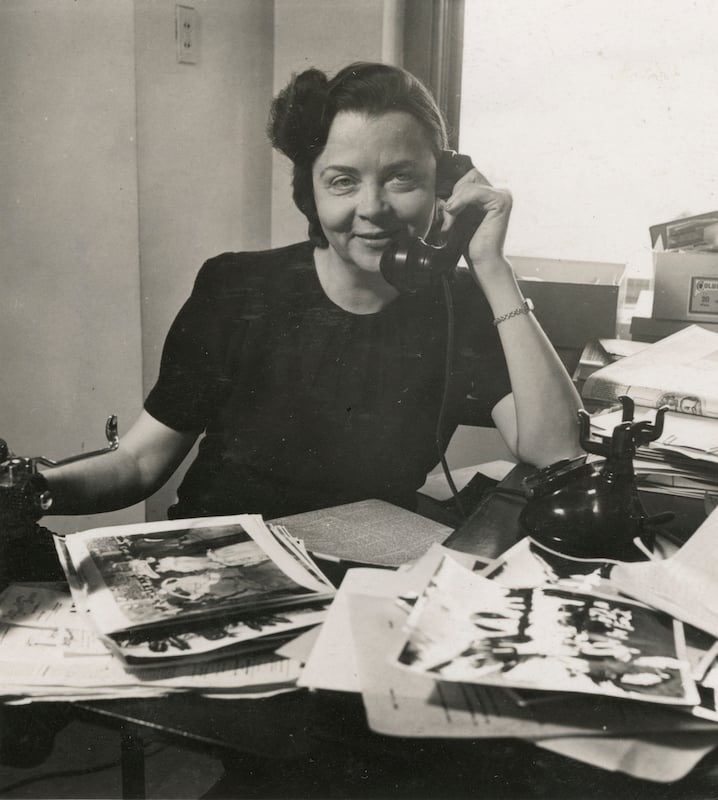
Sarah Newmeyer, c. 1930-1939. Photo courtesy of the Museum of Modern Art Archives, New York.
Their innovations transcended MoMA, too. Memoirist and novelist Sloane Crosley assesses the work of Sarah Newmeyer, MoMA’s first publicity director, who harnessed her Hollywood experience to provoke wider interest in art through inventive ad campaigns that utilized new channels like radio. Art critic Roberta Smith covers Dorothy Dudley, who impacted U.S. policy as a part of the National Committee to Liberalize Tariff Laws for Art, which eradicated duties on unconventional mediums like collage and abstract sculpture.
“We are pleased to share the stories of these exceptional women,” said MoMA researcher Romy Silver-Kohn, who co-edited the book. “These accounts not only deepen our knowledge of the museum’s history, but illuminate the crucial role women played in shaping the history of art and culture in the 20th century.”





